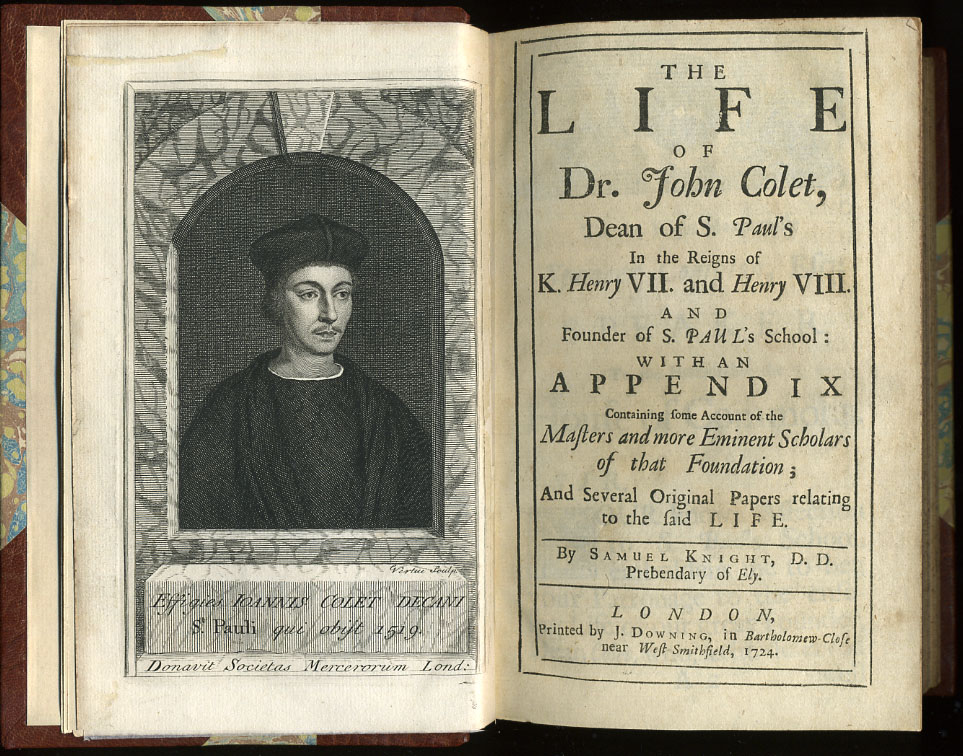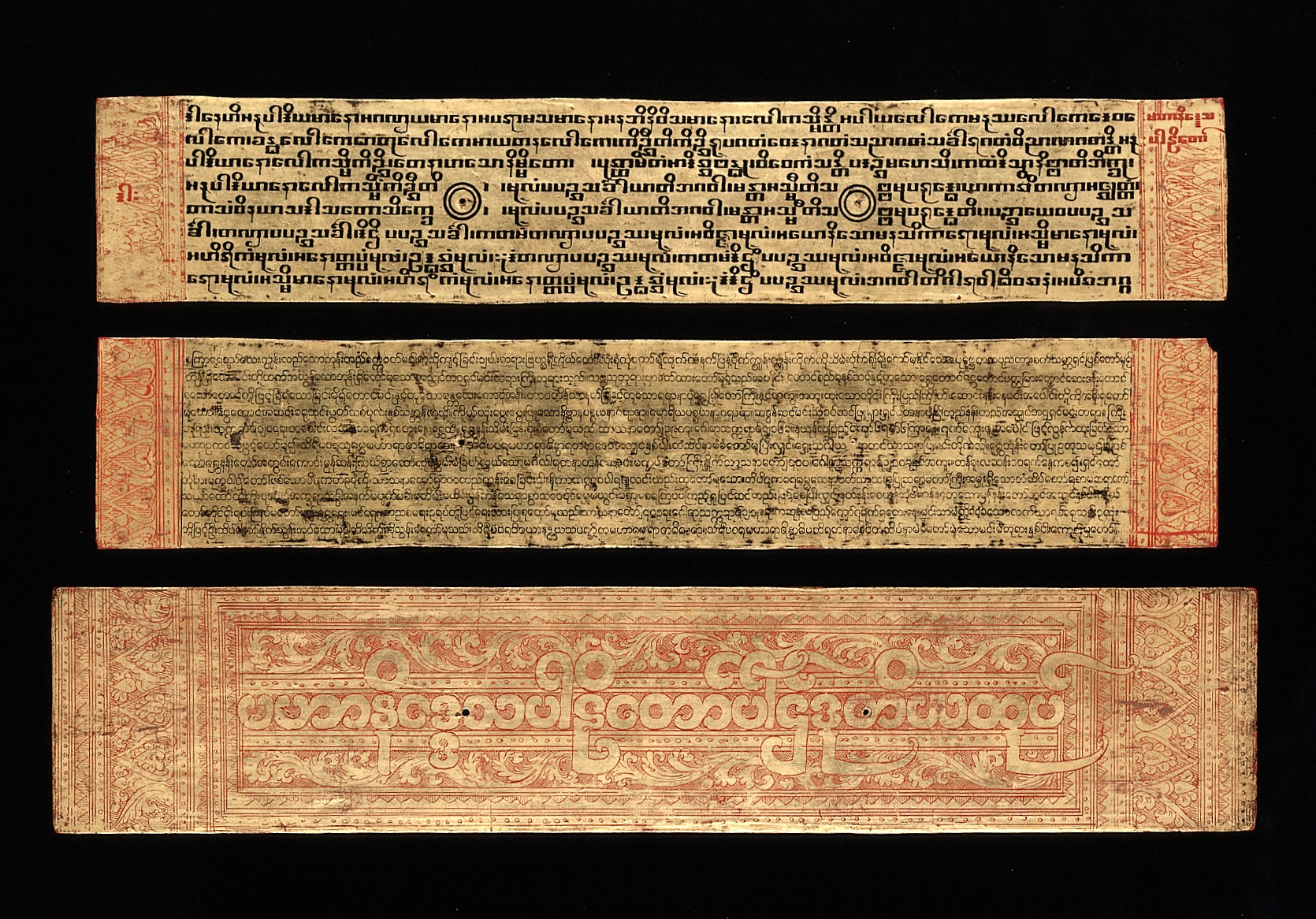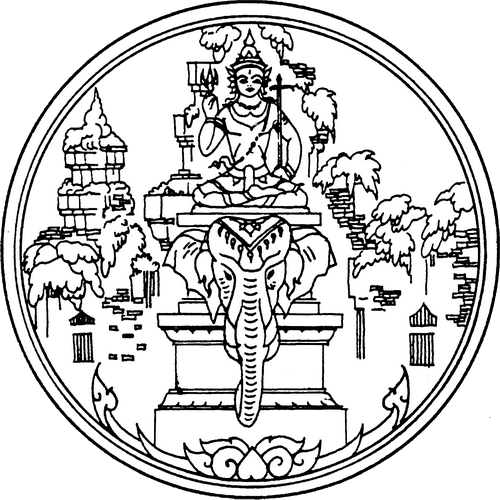|
Richard Gombrich
Richard Francis Gombrich (; born 17 July 1937) is a British Indologist and scholar of Sanskrit, Pāli, and Buddhist studies. He was the Boden Professor of Sanskrit at the University of Oxford from 1976 to 2004. He is currently Founder-President of the Oxford Centre for Buddhist Studies. He is a past president of the Pali Text Society (1994–2002) and general editor emeritus of the Clay Sanskrit Library. Early life and education Gombrich is the only child of classical pianist Ilse Gombrich ( Heller; 1910–2006), and Austrian-British art historian Sir Ernst Gombrich. He studied at St. Paul's School in London from 1950 to 1955 before attending Magdalen College, Oxford, in 1957. He received his B.A. from Oxford in 1961 and his DPhil from the same university in 1970. His doctoral thesis was entitled ''Contemporary Sinhalese Buddhism in its relation to the Pali canon''. He received his M.A. from Harvard University in 1963. Early work Gombrich's first major contribution in the ... [...More Info...] [...Related Items...] OR: [Wikipedia] [Google] [Baidu] |
Carl Gombrich
Carl Gombrich is a British interdisciplinary educator, academic, former opera singer and co-founder of the London Interdisciplinary School. Early life and education Carl Gombrich was born in 1965, to Dorothea Amanda Friedrich and to renowned British Indologist and scholar, Richard Gombrich. He is the grandson of Austrian-born art historian Ernst Gombrich. Gombrich has degrees in mathematics, physics and philosophy. Career Opera From 2000 to 2001, Gombrich was the Royal Opera House Scholar at the National Opera Studio, where he sang bass. He has performed in various operatic roles, such as Masetto in Don Giovanni with the Garsington Opera, as Gianettino in Fiesque, and as Macduff in Ernest Bloch's ''Macbeth'' at the University College Opera. Academic & Program director at University College London Gombrich joined University College London (UCL) in 2002 as a lecturer. The following year, he became a Teaching Fellow in Physics. He then became Principal of the University Prepa ... [...More Info...] [...Related Items...] OR: [Wikipedia] [Google] [Baidu] |
St Paul's School (London)
St Paul's School is a Selective school, selective Private schools in the United Kingdom, independent day school (with limited boarding school, boarding) for boys aged 13–18, founded in 1509 by John Colet and located on a 43-acre site by River Thames, the Thames in London. St Paul's was one of nine English Public school (United Kingdom), public schools investigated by the Clarendon Commission, which subsequently became known as the Clarendon Commission, Clarendon schools. However, the school successfully argued that it was a private school and consequently was omitted from the Public Schools Act 1868, as was Merchant Taylors' School, Northwood, Merchant Taylors', the other day school within the scope of George Villiers, 4th Earl of Clarendon, Lord Clarendon's terms of reference. Since 1881, St Paul's has had its own Preparatory school (UK), preparatory school, St Paul's Juniors (formerly St Paul's Juniors, Colet Court), which since 1968 has been located on the same site. The ... [...More Info...] [...Related Items...] OR: [Wikipedia] [Google] [Baidu] |
Buddhist Texts
Buddhist texts are religious texts that belong to, or are associated with, Buddhism and Schools of Buddhism, its traditions. There is no single textual collection for all of Buddhism. Instead, there are three main Buddhist Canons: the Pāli Canon of the Theravada, Theravāda tradition, the Chinese Buddhist canon, Chinese Buddhist Canon used in East Asian Buddhism, East Asian Buddhist tradition, and the Tibetan Buddhist canon, Tibetan Buddhist Canon used in Tibetan Buddhism, Indo-Tibetan Buddhism. The earliest Buddhist texts were not committed to writing until some centuries after the death of Gautama Buddha. The oldest surviving Buddhist manuscripts are the Gandhāran Buddhist texts, found in Pakistan and written in Gāndhārī language, Gāndhārī, they date from the first century BCE to the third century CE. The Early Buddhist texts, first Buddhist texts were initially passed on orally by Buddhist monasticism, Buddhist monastics, but were later written down and composed ... [...More Info...] [...Related Items...] OR: [Wikipedia] [Google] [Baidu] |
Early Buddhist Schools
The early Buddhist schools refers to the History of Buddhism in India, Indian Buddhist "doctrinal schools" or "schools of thought" (Sanskrit: ''vāda'') which arose out of the early unified Buddhist monasticism, Buddhist monastic community (Sangha (Buddhism), saṅgha) due to various schisms in the history of Buddhism, history of Indian Buddhism. The various splits and divisions were caused by differences in interpretations of the Monasticism, monastic rule (Vinaya), doctrinal differences and also due to simple geographical separation as Buddhism spread throughout the Indian subcontinent. The early Buddhist community initially split into two main Nikāyas (monastic groups, divisions), the Sthavira nikāya, Sthavira ("Elders"), and the Mahāsāṃghika ("Great Community"). This initial split occurred either during the reign of Ashoka, Aśoka (c. 268-232 BCE) or shortly after (historians disagree on the matter). Later, these groups became further divided on doctrinal grounds int ... [...More Info...] [...Related Items...] OR: [Wikipedia] [Google] [Baidu] |
Stanley Jeyaraja Tambiah
Stanley Jeyaraja Tambiah (16 January 1929 – 19 January 2014) was a social anthropologist and Esther and Sidney Rabb Professor ''(Emeritus)'' of Anthropology at Harvard University. He specialised in studies of Thailand, Sri Lanka, and Tamils, as well as the anthropology of religion and politics. Biography Tambiah was born in Sri Lanka to a Christian Tamil family. He attended S. Thomas' College, Mount Lavinia for his primary and secondary education. After finishing his undergraduate education at the University of Ceylon in 1951, he attended Cornell University, graduating in 1954 with a PhD. He began teaching sociology at the University of Ceylon in 1955, where he remained until 1960. After a few years as the UNESCO Teaching Assistant for Thailand, he taught at the University of Cambridge from 1963 to 1972 and at the University of Chicago from 1973 to 1976. He joined the faculty of Harvard University in 1976. His earliest major published work was an ethno-historical study ... [...More Info...] [...Related Items...] OR: [Wikipedia] [Google] [Baidu] |
Ātman (Hinduism)
''Ātman'' (; ) is a Sanskrit word for the true or eternal Self or the self-existent essence or an impersonal (''it'') witness-consciousness within each individual. Atman is conceptually different from Jīvātman, which persists across multiple bodies and lifetimes. Some schools of Indian philosophy regard the ''Ātman'' as distinct from the material or mortal ego ('' Ahankara''), the emotional aspect of the mind ('' Citta''), and existence in an embodied form ('' Prakṛti''). The term is often translated as soul, but is better translated as "Self", as it solely refers to pure consciousness or witness-consciousness, beyond identification with phenomena. In order to attain moksha (liberation), a human being must acquire self-knowledge ('' Atma Gyaan or Brahmajnana''). ''Ātman'' is a central concept in the various schools of Indian philosophy, which have different views on the relation between ''Atman'', individual Self ('' Jīvātman''), supreme Self ('' Paramātmā'') a ... [...More Info...] [...Related Items...] OR: [Wikipedia] [Google] [Baidu] |
Householder (Buddhism)
In English translations of Buddhist texts, householder denotes a variety of terms. Most broadly, it refers to any layperson, and most narrowly, to a wealthy and prestigious familial patriarch. In contemporary Buddhist communities, householder is often used synonymously with ''laity'', or non-monasticism, monastics. The Buddhist notion of householder is often contrasted with that of wandering ascetics (: '; Sanskrit: ') and Buddhist monasticism, monastics (''bhikkhu'' and ''bhikkhuni''), who would not live (for extended periods) in a normal house and who would pursue freedom from attachments to houses and families. Upāsaka and Upāsikā, Upāsakas and upāsikās, also called śrāvaka, śrāvakas and śrāvikās - are householders and other laypersons who refuge (Buddhism), take refuge in the Three Jewels (the Gautama Buddha, Buddha, the Dharma, teachings and the sangha, community) and practice the Five Precepts. In southeast Asian communities, lay disciples also Alms#Buddhis ... [...More Info...] [...Related Items...] OR: [Wikipedia] [Google] [Baidu] |
History Of Buddhism
The history of Buddhism can be traced back to the 5th century BCE. Buddhism originated from Ancient India, in and around the ancient Kingdom of Magadha (Mahajanapada), Magadha, and is based on the teachings of the renunciate Siddhartha Gautama, Siddhārtha Gautama. The religion evolved as it spread from the northeastern region of the Indian subcontinent throughout Central Asia, Central, East Asia, East, and Southeast Asia. At one time or another, it influenced most of Asia. The history of Buddhism is also characterized by the development of numerous movements, Schism, schisms, and philosophical schools. Among them were the Theravada, Theravāda, Mahayana, Mahāyāna and Vajrayana, Vajrayāna traditions, with contrasting periods of expansion and retreat. Shakyamuni The Buddha, Buddha (5th cent. BCE) Siddhārtha Gautama (5th cent. BCE) was the historical founder of Buddhism. The early sources state he was born in the small Shakya (Pali: Sakya) Republic, which was part of the K ... [...More Info...] [...Related Items...] OR: [Wikipedia] [Google] [Baidu] |
Pāli Canon
The Pāḷi Canon is the standard collection of scriptures in the Theravada Buddhism, Buddhist tradition, as preserved in the Pāli language. It is the most complete extant Early Buddhist texts, early Buddhist canon. It derives mainly from the Tamrashatiya school. According to Buddhist tradition, during the First Buddhist Council, three months after the parinibbana of Gautama Buddha in Rajgir, Ananda recited the Sutta Piṭaka, Sutta Pitaka, and Upali recited the Vinaya Piṭaka, Vinaya Pitaka. The Arhats present accepted the recitations, and henceforth, the teachings were preserved orally by the Sangha. The Tipitaka that was transmitted to Sri Lanka during the reign of King Asoka was initially preserved orally and later written down on palm leaves during the Fourth Buddhist Council in 29 BC, approximately 454 years after the death of Gautama Buddha. The claim that the texts were "spoken by the Buddha" is meant in this non-literal sense. The existence of the Bhāṇaka tradi ... [...More Info...] [...Related Items...] OR: [Wikipedia] [Google] [Baidu] |
Hindu Deities
Hindu deities are the gods and goddesses in Hinduism. Deities in Hinduism are as diverse as its traditions, and a Hindu can choose to be polytheistic, pantheistic, monotheistic, monistic, even agnostic, atheistic, or humanist. Julius J. Lipner (2009), Hindus: Their Religious Beliefs and Practices, 2nd edition, Routledge, , p. 8; Quote: "(...) one need not be religious in the minimal sense described to be accepted as a Hindu by Hindus, or describe oneself perfectly validly as Hindu. One may be polytheistic or monotheistic, monistic or pantheistic, even an agnostic, humanist or atheist, and still be considered a Hindu." The terms and epithets for deities within the diverse traditions of Hinduism vary, and include Deva, Devi, Ishvara, Ishvari, Bhagavān and Bhagavati. The deities of Hinduism have evolved from the Vedic era (2nd millennium BCE) through the medieval era (1st millennium CE), regionally within Nepal, Pakistan, India and in Southeast Asia, and across Hinduism ... [...More Info...] [...Related Items...] OR: [Wikipedia] [Google] [Baidu] |
Yakshas
The Yakshas (, , ) in Mythology are a broad class of nature spirits, usually benevolent, but sometimes mischievous or capricious, connected with water, fertility, trees, the forest, treasure and wilderness. They appear in Hindu, Jain and Buddhist texts, as well as ancient and medieval era temples of South Asia and Southeast Asia as guardian deities. The feminine form of the word is or Yakshini (, ; ). In Hindu, Jain and Buddhist texts, the s have a dual personality. On the one hand, a may be an inoffensive nature-fairy, associated with woods and mountains; but there is also a darker version of the , which is a kind of ( bhuta) that haunts the wilderness and waylays and devours travellers, similar to the rakṣasas. Early yakshas Yakshas appear in Hindu, Jain and Buddhist texts. Several monumental yakshas are known from the time of the Maurya Empire period. They are variously dated from around the 3rd century BCE to the 1st century BCE. These statues are monumental (usual ... [...More Info...] [...Related Items...] OR: [Wikipedia] [Google] [Baidu] |








